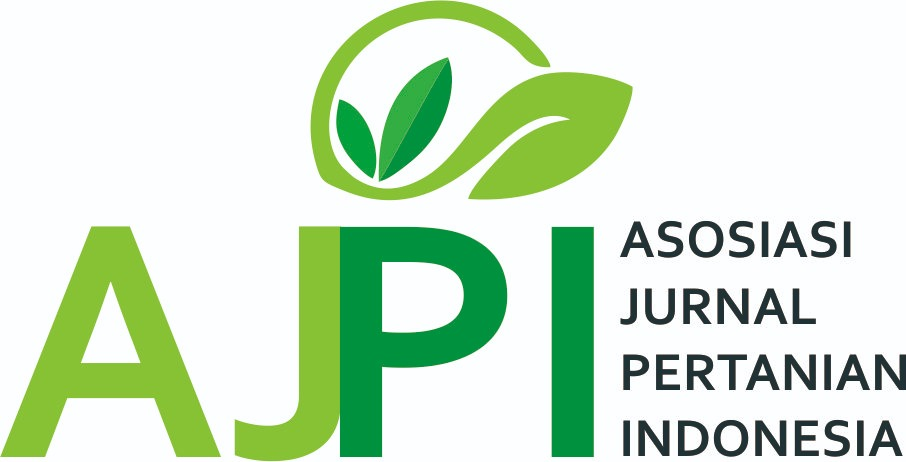Factors Affecting Food Waste Behavior (Case Study Of Surakarta City Community)
Abstract
Recent global issues are always related to food waste. Indonesia is also recorded to have an index value that is in the serious category. Conditions that are quite happening in fact are also followed by high numbers or values of food waste in Indonesia. It is recorded that food waste in Indonesia reaches 300 kilograms of food waste per person every year. The flow of food waste is usually sourced in urban areas caused by many, one of which is the city of Surakarta. This study aims to determine the factors that influence the behavior of food waste in the city of Surakarta. This study used a sample of 30 people from the city of Surakarta. The data analysis method used in this research is multiple regression analysis. Based on the results of the study, it can be seen that simultaneously the independent variables consisting of income level, frequency of eating, education level, gender and number of household members affect the level of food waste. Partially there are only two variables that affect food waste, namely education level and frequency of eating, while the remaining three variables, namely education level, gender and number of household members have no effect on food waste.
Downloads
References
Chaerul, M., & Zatadini, S. U. (2020). Perilaku Membuang Sampah Makanan dan Pengelolaan Sampah Makanan di Berbagai Negara: Review. Jurnal Ilmu Lingkungan, 18(3), 455–466. https://doi.org/10.14710/jil.18.3.455-466
Dewi, L. . (2015). Faktor-faktor yang berhubungan dengan sisa makanan pada pasien rawat inap di RS Djatiroto Lumajang. Universitas Jember.
Hidayat, S. I., Ardhany, Y. H., & Nurhadi, E. (2020). Kajian Food Waste untuk Mendukung Ketahanan Pangan. Agriekonomika, 9(2), 171–182. https://doi.org/10.21107/agriekonomika.v9i2.8787
Mas’ud, H., & Rochimiwati, N. S. (2015). Nutrient Intake and Remains Food Resulted of Patient at the Special Hospital of Dr. Tadjuddin Chalid and the Local General Hospital of Makassar City. International Journal of Sciencies : Basic and Applied Research (IJSBAR), 24, 396–402.
Nida, K. (2011). Faktor-Faktor Yang Berhubungan Dengan Sisa Makanan Pasien Rawat Inap Di Rumah Sakit Jiwa Sambang Lihum. STIKES Borneo.
Prasetyo, D. T. (2019). Ada Apa Dengan Pesta Pernikahan Dan Food Waste? Jurnal Kesejahteraan Keluarga Dan Pendidikan, 6(2), 87–92.
Ramandhani. (2011). Analisis Timbulan Sampah dan Komposisi Sampah Rumah Tangga di Kelurahan Mekar Jaya (Depok Dihubungkan dengan Tingkat Pendapatan-Pendidikan-Pengetahuan-SikapPerilaku Masyarakat. Universitas Indonesia.
Saputro, Santoso, A. P. A., & Salamah, U. S. (2021). Kemandirian Pangan Rumah Tangga Tani Di Kabupaten Klaten. Seminar Nasional Dalam Rangka Dies Natalis Ke-45 UNS Tahun 2021, 5(1), 918–926.
Saputro, W. A., & Fidayani, Y. (2020a). Analisis faktor-faktor yang mempengaruhi angka kecukupan energi rumah tangga petani di Kabupaten Klaten. VIGOR: Jurnal Ilmu Pertanian Tropika Dan Subtropika, 5(2), 51–55. https://doi.org/10.31002/vigor.v5i2.3039
Saputro, W. A., & Fidayani, Y. (2020b). Determinan Pola Pangan Harapan Pada Keluarga Petani Di Kabupaten Klaten ( Studi Kasus Desa Mandiri Pangan ). 231–237.
Saputro, W. A., & Fidayani, Y. (2020c). Faktor-Faktor Yang Mempengaruhi Ketahanan Pangan Rumah Tangga Petani Di Kabupaten Klaten. Jurnal Agrica, 13(2), 87–93. https://doi.org/10.31289/agrica.v13i2.4078
Saputro, W. A., & Fidayani, Y. (2020d). Ketahanan Pangan Rumah Tangga Petani di Kabupaten Klaten. Jurnal Sosio Agribisnis (JSA), 5(2), 87–93.
Saputro, W. A., Purnomo, S., & Salamah, U. (2021). Study of Food Waste of Farmers ’ Households in Klaten to Support Food Security. Anjoro : International Journal of Agriculture and Business, 2(2), 58–64. https://doi.org/10.31605/anjoro.v2i2.1166
Tamara, V., Mulyana, I. J., & Gunawan, I. (2020). Pemodelan Pengelolaan Food Waste di Jaringan Grocery Store. Scientific Journal Widya Teknik, 19(1), 49–58.
Copyright (c) 2021 Wahyu Adhi Saputro, Aris Prio Agus Santoso

This work is licensed under a Creative Commons Attribution-ShareAlike 4.0 International License.
Author retains the copyright and grants the journal the right of first publication of the work simultaneously licensed under the Creative Commons Attribution-ShareAlike 4.0 License that allows others to share the work with an acknowledgement of the work's authorship and initial publication in this journal













